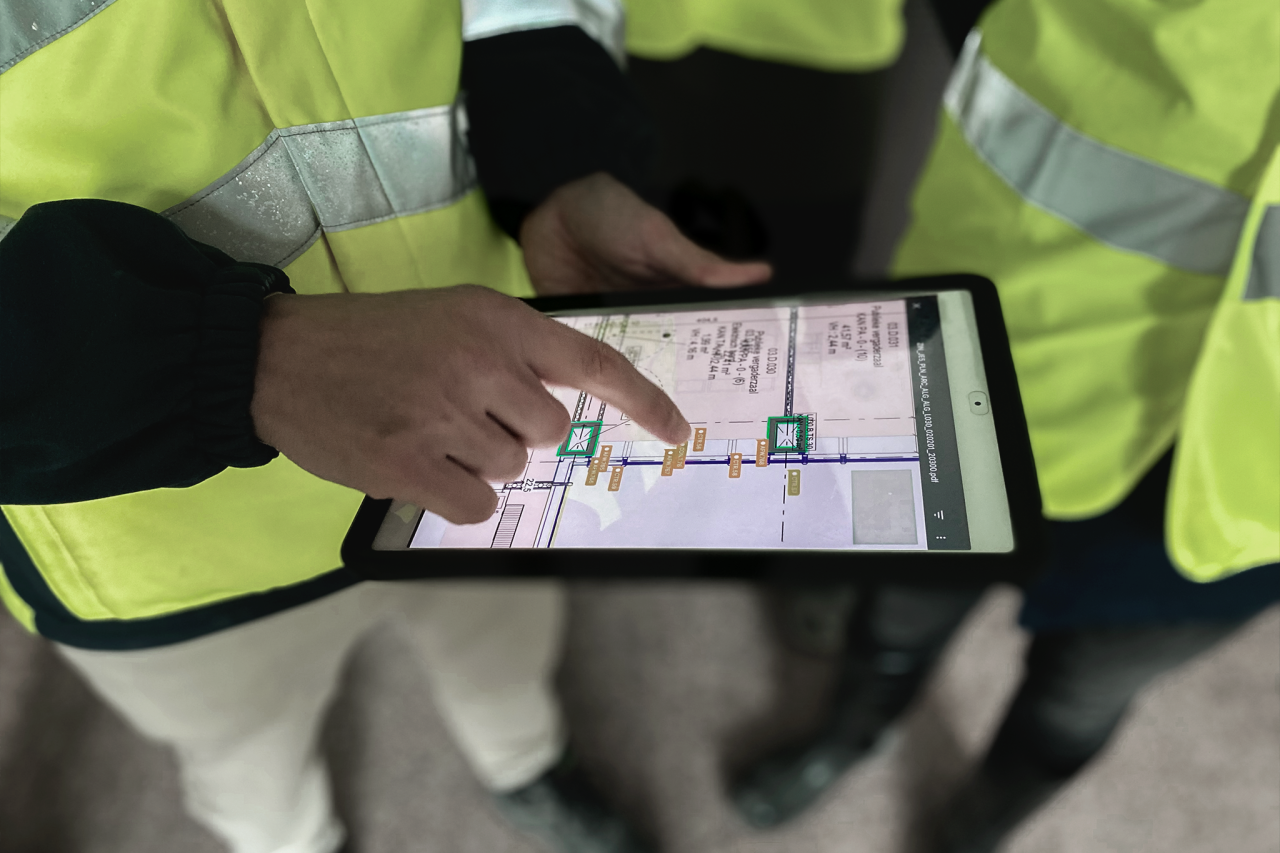The success of any construction project relies on scheduling, costs, and the quality of the finished product. One of the major reasons that construction managers must schedule rework and fight against claims is defects.
Achieving zero defects and reaching a zero punch list is key to a high-quality build—we’ll explore a list of construction defects, their causes, and what you can do to avoid them.
3 types of defects in construction
First, let’s discuss the three categories in our construction defects checklist:
1. Material defects
Material defects happen when building material gets damaged—whether the defects come straight from the manufacturer or the damage occurs on site.
These types of defects can be particularly expensive; it’s not uncommon to only notice material defects after a contractor uses them in the project. This is especially true for materials that ship out with defects.
2. Design defects
Design defects are a result of the design team failing to produce organised and accurate construction documents. These defects can occur through omission or error.
Defects due to omission are typically fixed through change orders that add to the scope of work for one or more contractors.
Defects due to errors generally require replacing parts or a redesign.
3. Workmanship defects
Workmanship defects are what usually come to mind when you think about defects in construction—they occur when someone fails to follow the project’s documents when building components or structures.
A workmanship defect can be as simple as an aesthetic issue or as problematic as inadequate structural integrity. Either way, allocating liability and fixing the defect is typically a complex process.
 3 causes of defects in construction
3 causes of defects in construction
Next, let’s look into three of the primary causes of defects in construction:
1. Inadequate quality control
Many defects in construction stem from poor quality-control procedures. Some factors that impact this include:
- A lack of skilled labourers
- Low-quality materials
- Unrealistic deadlines
In addition, not having proper inspection plans in place can prevent you from detecting defects early on in the project, resulting in more rework and less profit.
Read more: Construction quality management: Everything you need to know
2. Inefficient document distribution
Even with so many automated solutions available in the construction industry, it’s not uncommon for paper documents to be floating around both on site and in the back office system. This means contractors struggle to get the necessary documents signed and approved in time to stay on track.
Plus, builders might end up working with old versions of construction drawings without the design team’s latest changes.
When different people have different versions of the same document, tracking project progress accurately becomes almost impossible.
Read more: Why you should start sharing your documents in the cloud
3. Poor communication
When the project stakeholders, jobsite crews, office staff, and contractors aren’t on the same page, progress slows down, and the chance for construction defects to pop up in your project becomes much higher.
Poor communication also leads to billions of dollars in rework, unnecessary delays, budget and cost overruns, safety issues, and more—it’s arguably one of the most important aspects of project management and the construction industry as a whole.
Read more: Bridging the gap: 3 steps to improving communication in construction
 3 ways to avoid defects in construction
3 ways to avoid defects in construction
Finally, let’s see how you can prevent those three causes of defects in construction:
1. Change how you manage defects
To prevent defects in construction due to poor quality control, you need to overhaul your defect management processes.
LetsBuild Aproplan helps prevent and reduce defects by allowing you to:
- Give everyone access to punch lists and inspection documents
- Identify site issues and pull the plug before one defect turns into many
- Send instant notifications about what’s happening on your site
- Sign off on or reject documents without setting foot in the office
Are you ready to manage defects with LB Aproplan?
2. Store your documents in one place
You can prevent defects in construction that stem from inefficient document management by ensuring everyone has immediate on-site access to important documentation.
Construction management software can help eliminate document damage and loss while speeding up distribution between teams by switching from paper to digital forms.
In addition, managing your documents with a dedicated digital platform allows you to verify and approve various documentation in the same place, giving all users access to the latest revisions, reviews, and comments.
3. Share progress and communicate in real time
Preventing workmanship defects in construction due to miscommunication requires using the right communication channels and sharing project progress in real time.
With LetsBuild Geniebelt, you can reduce construction defects and:
- Keep everyone involved in the project on the same page
- Communicate with every crew in real time with a single app
- Send mass notifications with tasks, site issues, comments, and daily summaries
- Share team progress and reports using real-time visuals
Discover LB Geniebelt
Reduce defects in construction with LetsBuild
The above three strategies to avoid defects in construction all have one thing in common that makes them successful: managing defects digitally instead of manually.
With the right software for defect management, you can:
- Instantly record defects and quality issues and assign tasks from your mobile device
- Assign responsibilities and due dates to specific workers to handle defects
- Attach documents, photos, and notes to each defect for complete transparency
- Create templates to quickly conduct walkthroughs to identify on-site defects
But don’t take our word for it—book your free demo today and see how easy managing on-site defects can be.




